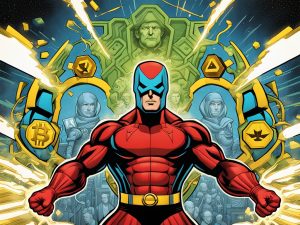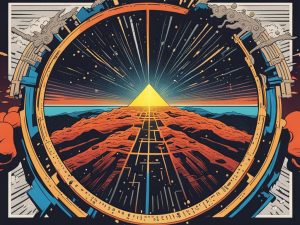NFTs: The Gamechanger for Tokenizing Digital Art and Collectibles
If you’ve been keeping up with the latest trends in the cryptocurrency world, you might have come across the term “NFTs.” But what exactly are NFTs, and why are they considered a gamechanger in the world of digital art and collectibles? In this article, we’ll explore the fascinating world of non-fungible tokens (NFTs) and discuss how they revolutionize the way we buy, sell, and own digital assets.
What are NFTs?
NFTs, or non-fungible tokens, are unique digital assets built on blockchain technology. Unlike cryptocurrencies like Bitcoin or Ethereum, which are interchangeable and can be exchanged on a one-to-one basis, NFTs are indivisible and cannot be exchanged at an equal value. Each NFT has its distinct characteristics, making it one-of-a-kind and irreplaceable.
In simpler terms, think of NFTs like digital certificates of authenticity. They provide proof of ownership and uniqueness for digital assets, such as artworks, music, videos, virtual real estate, and even tweets. NFTs leverage blockchain technology to create a secure, transparent, and immutable record of ownership.
Why are NFTs a gamechanger?
NFTs have opened up a world of possibilities for creators, collectors, and investors. Here’s why NFTs are a gamechanger:
1. Authenticity: NFTs solve the problem of digital art and collectible forgery. With a unique token attached to each piece, it becomes easy to verify the authenticity of a digital asset.
2. Artists Empowerment: NFTs enable artists to monetize their work by selling directly to collectors without intermediaries. This puts the power back into the hands of creators, allowing them to bypass traditional gatekeepers and earn a fairer share of the profits.
3. Ownership and Transferability: NFTs provide a clear and easily transferable ownership record. This means that when you purchase an NFT, you have definitive proof that you own that particular digital asset, and you can sell or trade it as you wish.
4. Royalties and Residual Income: NFTs can include smart contracts that automatically direct a percentage of future sales or royalties to the original creator. This feature ensures that artists can continue to benefit financially from their work, even after it changes hands in the secondary market.
How does the process work?
To create an NFT, you’ll need to follow these general steps:
1. Choose a blockchain platform that supports NFTs, such as Ethereum or Binance Smart Chain.
2. Create a digital file of your artwork or collectible. This can be a drawing, photograph, music track, or any other digital asset.
3. Convert your digital asset into an NFT by minting it on the chosen blockchain. This process entails generating a unique token and attaching it to your digital asset.
4. Set the terms of the NFT, including the price, royalties, and any limitations on its use.
5. Once you’ve minted your NFT, you can list it on NFT marketplaces for potential buyers to discover and purchase.
FAQs
1. Are NFTs only for digital artists?
No, NFTs are not exclusive to digital artists. While they have gained significant traction in the art world, NFTs can be used to tokenize various digital assets, including music, videos, virtual real estate, and even tweets.
2. How do I know if an NFT is authentic?
Each NFT has a unique identifier that can be verified on the blockchain. By checking the token and the transaction history, you can ensure the authenticity of an NFT.
3. Can I resell or trade my NFT?
Yes, once you own an NFT, you can freely sell or trade it on NFT marketplaces. The blockchain records the ownership transfer, providing a secure and transparent transaction history for both buyers and sellers.
4. Are NFTs environmentally friendly?
The carbon footprint of NFTs has raised concerns due to their association with energy-intensive blockchain networks. However, efforts are being made to mitigate the environmental impact by exploring more eco-friendly blockchain solutions.
Conclusion
NFTs have revolutionized the way we interact with digital art and collectibles. By providing verifiable ownership, empowering creators, and enabling seamless peer-to-peer transactions, NFTs have unlocked new opportunities and markets for artists and collectors alike. As the technology continues to evolve, we can expect even more exciting developments in the world of tokenized digital assets. So, dive into this digital revolution and explore the fascinating world of NFTs!

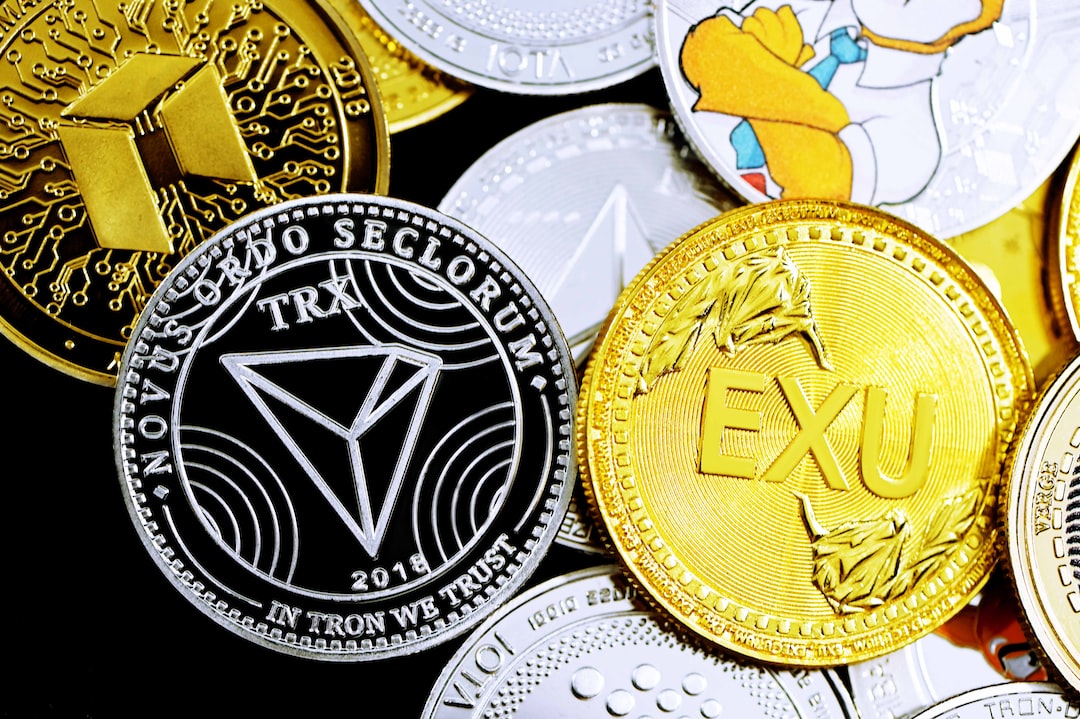
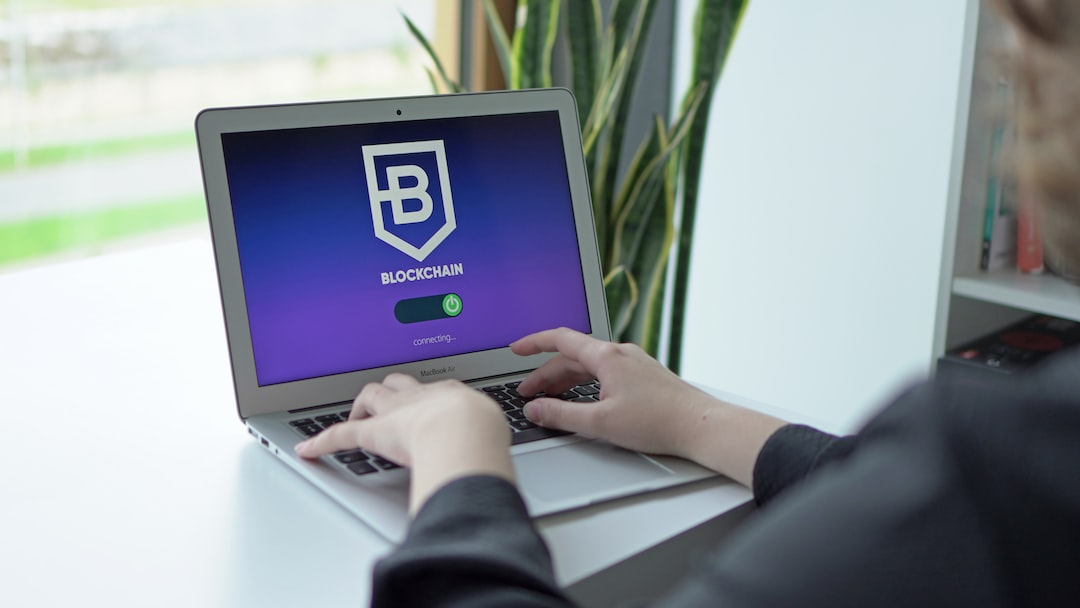


 By
By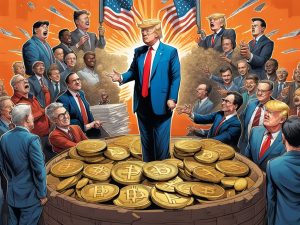
 By
By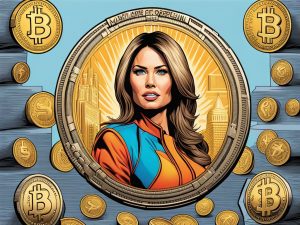
 By
By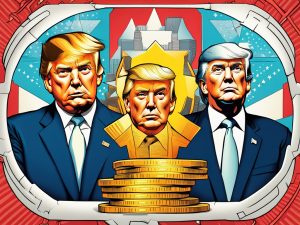
 By
By